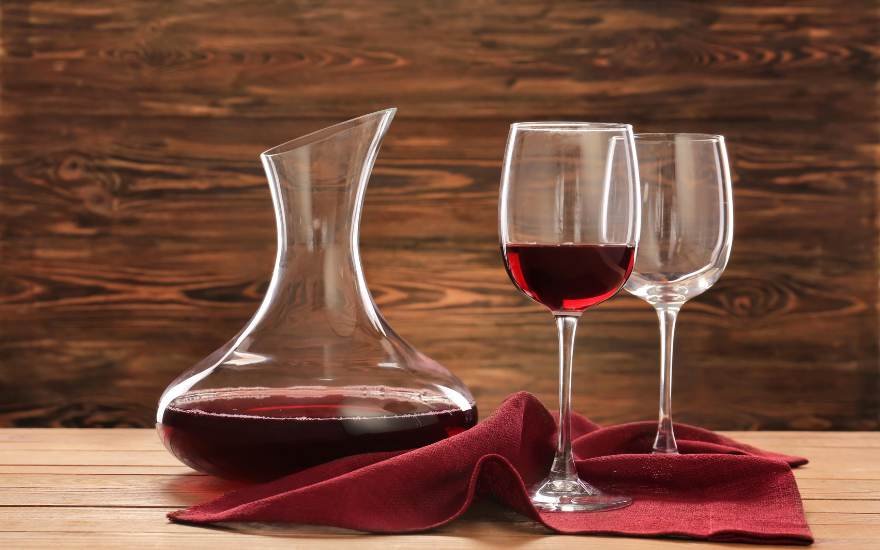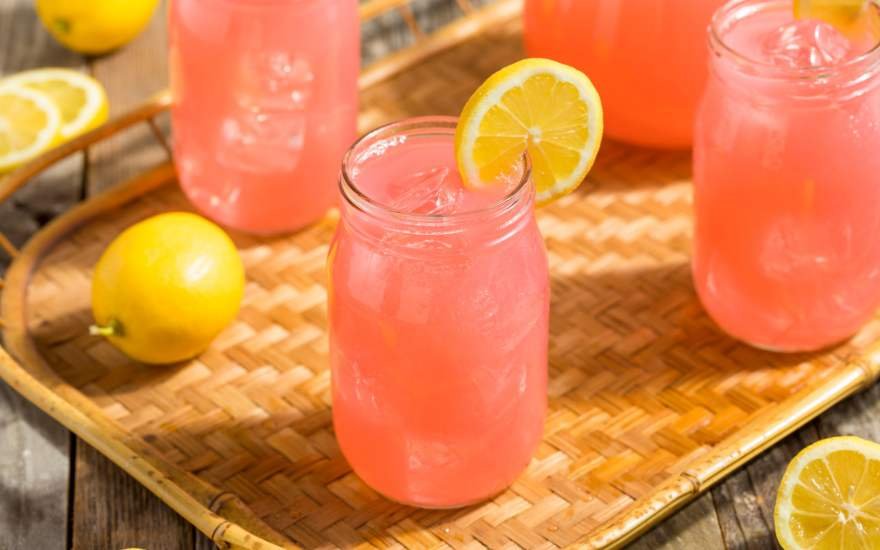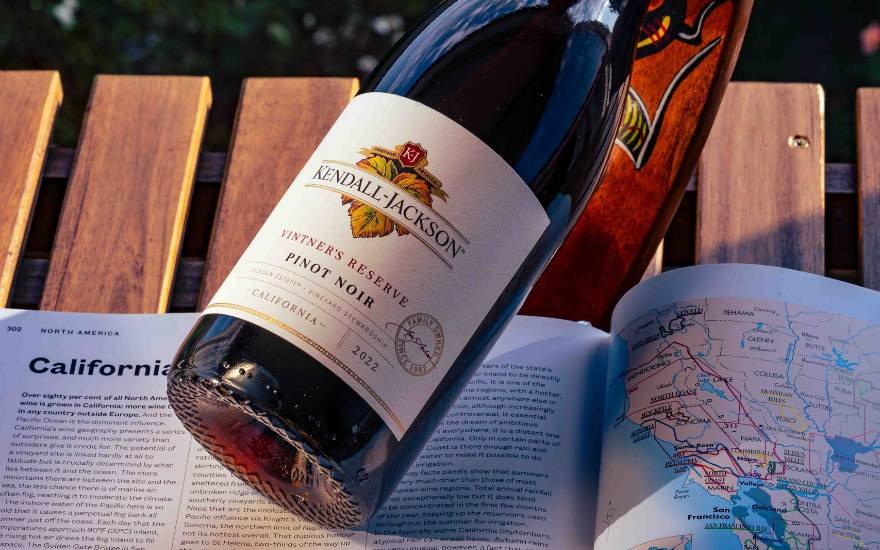Cocktails are more than just drinks; they are a window into the culture, history, and creativity of a place. While classics like the Margarita or the Martini are known almost everywhere, there are countless other cocktails cherished in their home countries but less known globally. These local favourites carry the flavours, stories, and spirit of the regions they come from, but more importantly, they’re completely delicious – so we’re missing out big time. Let’s explore 10 of these cocktails that are beloved in their corners of the world and deserve a spot on your cocktail list too.
Caipirinha (Brazil)
The Caipirinha is Brazil’s national cocktail and a symbol of its vibrant culture. Made with cachaça, a sugarcane spirit, it’s both refreshing and potent. This drink has deep roots in Brazilian history, often associated with festivities and the lively beach culture. The combination of lime and sugar beautifully balances the boldness of cachaça, making it a staple in Brazilian celebrations. For more information about the Caipirinha, click here.
Ingredients
50ml cachaça
1 lime, quartered
1 tsp sugar (white)
Method
Muddle the lime and sugar in a glass to release the lime’s juices. Make sure no crystals are visible. Fill the glass with ice and pour in the cachaça. Stir well and enjoy this zesty Brazilian classic.
Pisco Sour (Peru)
Okay, so this one may be too globally famous to include here – we’re not sure. Either way, it’s not a household name like Mojitos or Martinis, so let’s celebrate the underrated Pisco Sour. Originating in Peru, it’s a cocktail with a rich cultural heritage. It’s crafted with pisco of course, a grape-based brandy, and traditionally served with a frothy top from egg whites. The drink is celebrated every year on National Pisco Sour Day in Peru. Its balanced blend of citrus, sweetness, and a slight bitterness from the bitters makes it a sophisticated yet approachable drink. So unique – you’ve got to try one at some point. More information and tips on mastering this Peruvian favourite can be found here.
Ingredients
60ml pisco
25ml lime juice
20ml simple syrup
1 egg white
3 dashes of Angostura bitters
Method
Shake the pisco, lime juice, simple syrup, and egg white with ice until frothy. Strain out the ice and repeat. Strain into a glass and top with bitters. Sip slowly and appreciate a Peruvian treasure.
Horchata Con Ron (El Salvador)
Horchata Con Ron is a creamy, sweet cocktail from El Salvador that combines the traditional horchata drink with a splash of rum. You can find it across Latin America and Spain. Horchata, made from ground seeds or rice, is popular across Latin America, but the addition of rum turns this humble drink into a delicious cocktail perfect for a cozy evening. The warmth of the rum complements the comforting, creamy flavours of the horchata, making it a must-try for those seeking something unique.
Ingredients
50ml white rum
100ml horchata
15ml simple syrup
Ground cinnamon for garnish
Method
Fill a glass with ice, add the rum, horchata, and syrup, and stir well. Garnish with a sprinkle of cinnamon and enjoy this creamy delight.
Rakija Sour (Serbia)
Rakija/Raki, a powerful fruit brandy, is Serbia’s national spirit, and the Rakija Sour is a modern twist that softens its punch with the addition of lemon and sugar. Rakija is traditionally consumed straight, but this cocktail version offers a refreshing take, blending the robust flavours of the brandy with the freshness of citrus. Loved across the Balkan peninsula.
Ingredients
50ml rakija (plum rakija preferred)
25ml lemon juice
15ml simple syrup
Lemon slice for garnish
Method
Shake the rakija, lemon juice, and syrup with ice. Strain into a glass filled with ice, garnish with a lemon slice, and enjoy a vibrant taste of the Balkans
Canchánchara (Cuba)
With Mojitos, Daiquiris, Cuba Libres and more in play, it’s difficult to become a flagbearer for Cuban cocktails, so we want to give a nod to the first. The Canchánchara is one of Cuba’s oldest cocktails, but probably the oldest, dating back to the 19th century. Originally served to Cuban soldiers, this rustic mix of rum, honey, and lime is simple yet potent. It’s a drink that carries the history of Cuban resistance and resilience, with each sip offering a glimpse into the island’s rich cultural tapestry.
Ingredients
50ml rum
20ml honey
20ml lime juice
Lime wheel for garnish
Method
Mix the honey and lime juice in a glass until the honey dissolves. Add the rum and ice, stir, and garnish with a lime wheel. Enjoy this historical Cuban concoction.
Ti' Punch (Martinique)
Ti’ Punch, short for “petit punch,” is a beloved cocktail in Martinique and other French Caribbean islands. Unlike most cocktails, it’s traditionally served “self-service,” where drinkers mix their own, adjusting the amount of lime, sugar, and rum to their liking. It’s a simple yet potent drink, reflecting the island’s laid-back and communal culture. If you’re unfamiliar with rhum agricole, it’s a popular style in ex-French colonies that uses sugarcane rather than molasses, giving grassier, earthier flavours.
Ingredients
60ml rhum agricole
1 lime wedge
10ml cane syrup
Method
Squeeze the lime wedge into a glass, add cane syrup and rhum agricole. Stir and add ice if desired. Embrace the relaxed Martinican approach to cocktail making and experiment with your own variations!
Sazerac (USA)
It’s difficult to pick a famous American cocktail that hasn’t made a big splash across the world, but the Sazerac remains very much an American cocktail. Hailing from New Orleans, the Sazerac is one of America’s oldest cocktails. This rye-based drink is a symbol of the city’s rich cultural heritage and delivers a beautiful peppery punch. The Sazerac’s combination of absinthe, bitters, and a sugar cube creates a complex, breezy, aromatic drink that’s both strong and smooth, perfectly capturing the essence of New Orleans.
Ingredients
50ml rye whiskey or cognac or bourbon
1 sugar cube
2 dashes Peychaud’s Bitters
Absinthe (for rinsing)
Lemon peel for garnish
Method
Rinse a chilled glass with absinthe and discard the excess. Muddle the sugar cube with bitters, add the whiskey or cognac, and stir with ice. Strain into the prepared glass and garnish with a lemon peel. Savor the rich history of New Orleans in every sip.
Michelada (Mexico)
The Michelada is a popular Mexican beer cocktail that’s a refreshing blend of beer, lime juice, and assorted sauces and spices. It’s often enjoyed on hot days or as a hangover remedy. Each region in Mexico has its own version, with different spices and ingredients, making it a versatile and deeply cultural drink. It’s not going to replace a simple pint in the UK any time soon, but with a lack of beer-based cocktails, maybe it’s due a popularity surge?
Ingredients
1 bottle of Mexican lager
15ml lime juice
2 dashes hot sauce
2 dashes Worcestershire sauce
Pinch of salt
Pinch of ground pepper
Method
Mix the lime juice, hot sauce, Worcestershire sauce, salt, and pepper in a glass. Add ice and slowly pour in the beer. Stir gently and enjoy this spicy, tangy Mexican refresher.
Singani Sour (Bolivia)
The Singani Sour is Bolivia’s answer to the Pisco Sour, made with Singani, a grape-based spirit that’s somewhat similar to pisco. This cocktail is a staple at celebrations and gatherings in Bolivia, offering a sweet and sour profile with a distinctive floral aroma from the Singani.
Ingredients
50ml Singani
25ml lime juice
20ml simple syrup
1 egg white
Angostura bitters for garnish
Method
Shake the Singani, lime juice, simple syrup, and egg white with ice until frothy. Strain into a glass, garnish with a few dashes
Singapore Sling (Singapore)
The Singapore Sling is the national drink of Singapore, embodying the country’s tropical, vibrant spirit. This iconic cocktail, dating back nearly 100 years, is a perfect, heady mix of sweet, sour, and fruity flavours, ‘slinging’ you into the luxurious settings of Singapore. The cocktail is a delightful and complex blend of gin, pineapple juice, cherry brandy, and other exotic ingredients.
Ingredients
30ml gin
15ml cherry brandy
7.5ml Cointreau
7.5ml Dom Benedictine
120ml pineapple juice
15ml lime juice
10ml grenadine
Dash of Angostura bitters
Pineapple slice and maraschino cherry for garnish
Method
Combine all ingredients in a shaker with ice. Shake well and strain into a tall glass filled with ice. Garnish with a slice of pineapple and a maraschino cherry. Enjoy the tropical taste of Singapore!
For a world tour of diverse gins instead, click here!
























































